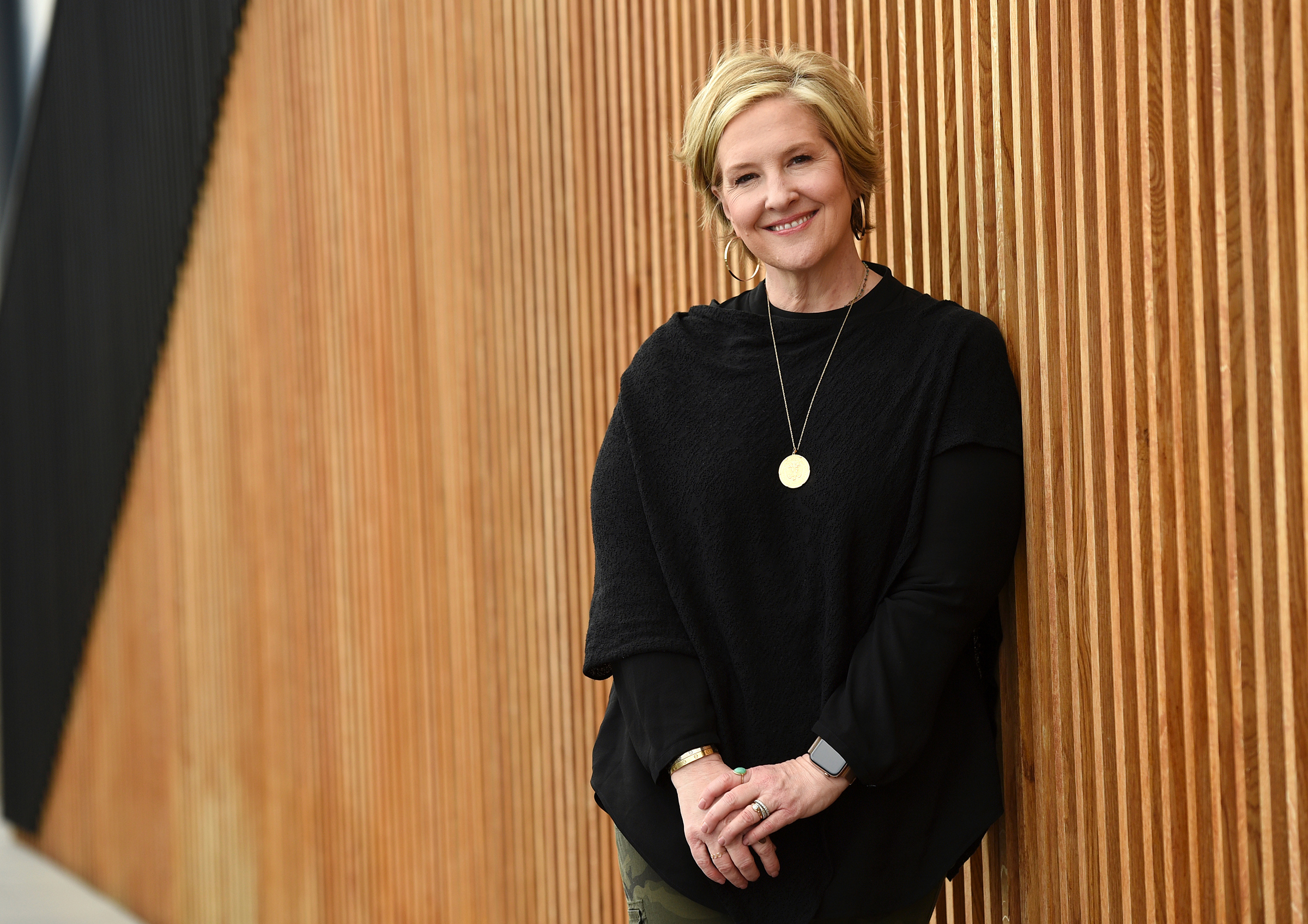
Why is it that people are quick to say they’re jealous of someone, but will not admit to being envious? What’s the difference between shame and guilt? Is feeling hopeless the same as feeling despair? These are the questions that Brené Brown, the sociology professor turned best-selling author and leadership consultant, tries to answer in her new book, Atlas of the Heart: Mapping Meaningful Connection and the Language of Human Experience, out Nov. 30.
While these may seem like trivial taxonomic questions to some, Brown believes the ability to precisely name feelings is a crucial skill, especially in days of division. “If we want to find the way back to ourselves and one another, we need language,” she writes, “and the grounded confidence to both tell our stories and to be stewards of the stories that we hear.”
In surveys taken by 7,000 people over five years, Brown and her team found that on average people can identify only three emotions as they are actually feeling them: happiness, sadness and anger. For Brown, who made her name by illuminating the finer contours of humans’ emotional landscape, this is not nearly enough. So, in Atlas of the Heart, she sets out to map 87 different emotions, pointing out the distinguishing features of each.
The difference between guilt and shame, for example, as fans of Brown already know from her wildly popular Ted talks, her five previous No. 1 best sellers and her Netflix lecture series, is that guilt tells people they did something bad while shame tells people they are something bad. The difference between envy and jealousy is that envy materializes when one wants something somebody else has—looks, status and wealth are the big trio—while jealousy is the feeling that a relationship is being threatened. Hopelessness is a fleeting fear that a task is too difficult, and despair is a feeling that life is too difficult. And so on.
As a potential cartographer for the human experience, Brown is a solid candidate. She’s the Dr. Fauci of feelings; she can take complex subjects that require years of study and explain them in a comprehensible and reassuring way. But unlike America’s most famous public health official, Brown has the freedom to be much more of a sharer. In Atlas of the Heart, she frequently flicks at her personal biography, using her own life as a source of exposition. Brown mentions in passing that she came from a dysfunctional but high-performing family, and that she’s a recovered alcoholic, a committed swimmer, a former waitress, resentful, a perfectionist and prone to comparison, among other things.
She even takes her own oft-given advice and gets vulnerable, admitting to having made a mistake in her previous work. “For two decades, I’ve said, ‘We need to understand emotion so we can recognize it in ourselves and others,’” she writes. “Well, let me go on the record right now: I no longer believe that we can recognize emotion in other people, regardless of how well we understand human emotion and experience or how much language we have.” This is not to dismiss psychotherapy (we presume), but to encourage people to talk about what they’re going through rather than expecting others to know—and to listen, rather than guess.
This formula, very human life + very rigorous research, has powered Brown’s work for 20 years, since the Ted Talk that made her famous. Brown wants people to “lean in” to their feelings, but she also wants to make it fun. (Last time I wrote about the author, we conducted part of the interview on swings in a park, at her request.) In Atlas of the Heart, the 87 emotions she describes are gathered into 13 land masses, each labeled as a destination: “Places We Go When We Compare,” for example, or “Places We Go When it’s Beyond Us.”
Comic-book-style illustrations are peppered throughout. And Brown introduces—or tries to popularize—new concepts. “Story-stewardship” is when somebody explains their problem and the listener neither dismisses nor tries to immediately solve their issue. “Near enemies” are similar to misapprehensions; when a response to a situation looks like the appropriate one but actually makes that situation worse. Pity is the near enemy of compassion, while sentimentality is the near enemy of loving kindness.
The book, sold to HBO Max as an unscripted series even before it was published, is her most reader-friendly yet—but it may also be her thinnest. Explaining 87 emotions, exploring the research around them, suggesting responses and encouraging people to examine themselves, all in an easy-to-digest 300 pages—it’s a tall order. And readers can feel the stretch marks. A large portion of the book is oversize quotes, and there are some less-than-persuasive sections. Isn’t “bittersweet” self explanatory? What is “irony” doing in a list of emotions?
The pleasure of reading Brown’s previous work has been the dawning self-recognition, as she carefully and diligently loosened the knots that bound readers’ hearts and hindered their ability to cope with their circumstances. This is more a book of quick hits, a reference guide to dip into when readers need a little reorientation. Brown’s attempt to help people find their way to each other is laudable, but she has compiled an atlas when we need a GPS.
More Must-Reads from TIME
- Cybersecurity Experts Are Sounding the Alarm on DOGE
- Meet the 2025 Women of the Year
- The Harsh Truth About Disability Inclusion
- Why Do More Young Adults Have Cancer?
- Colman Domingo Leads With Radical Love
- How to Get Better at Doing Things Alone
- Michelle Zauner Stares Down the Darkness
Contact us at letters@time.com